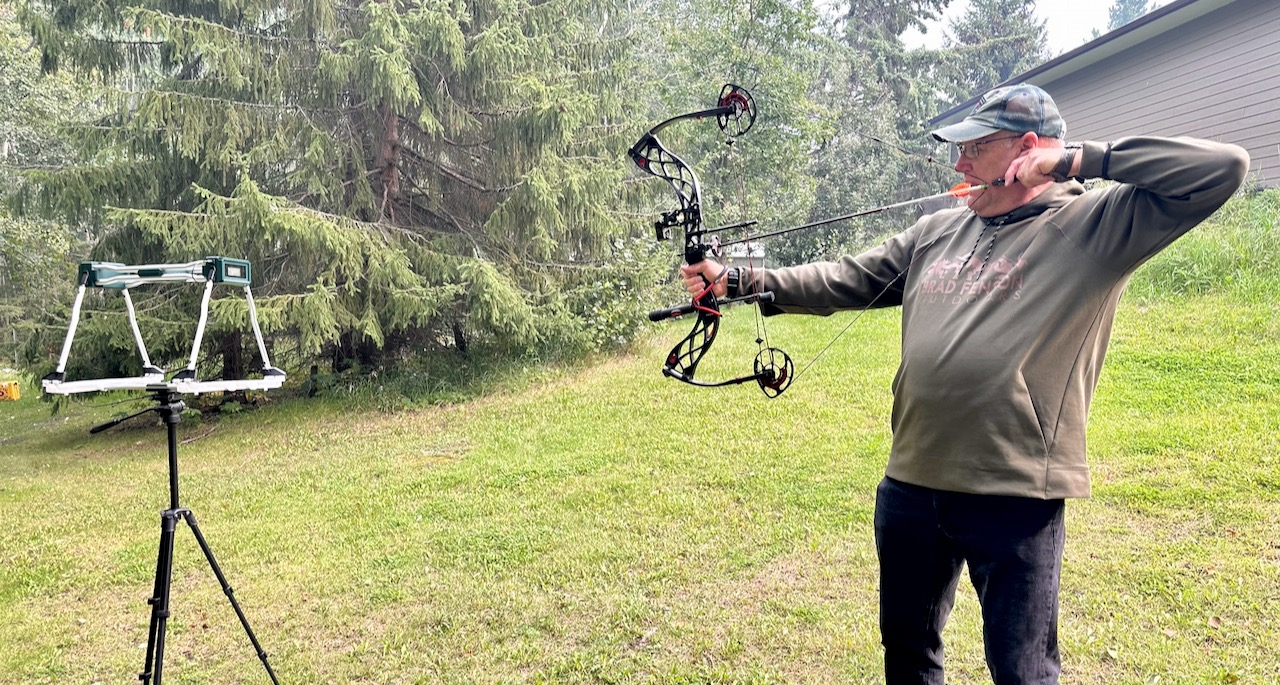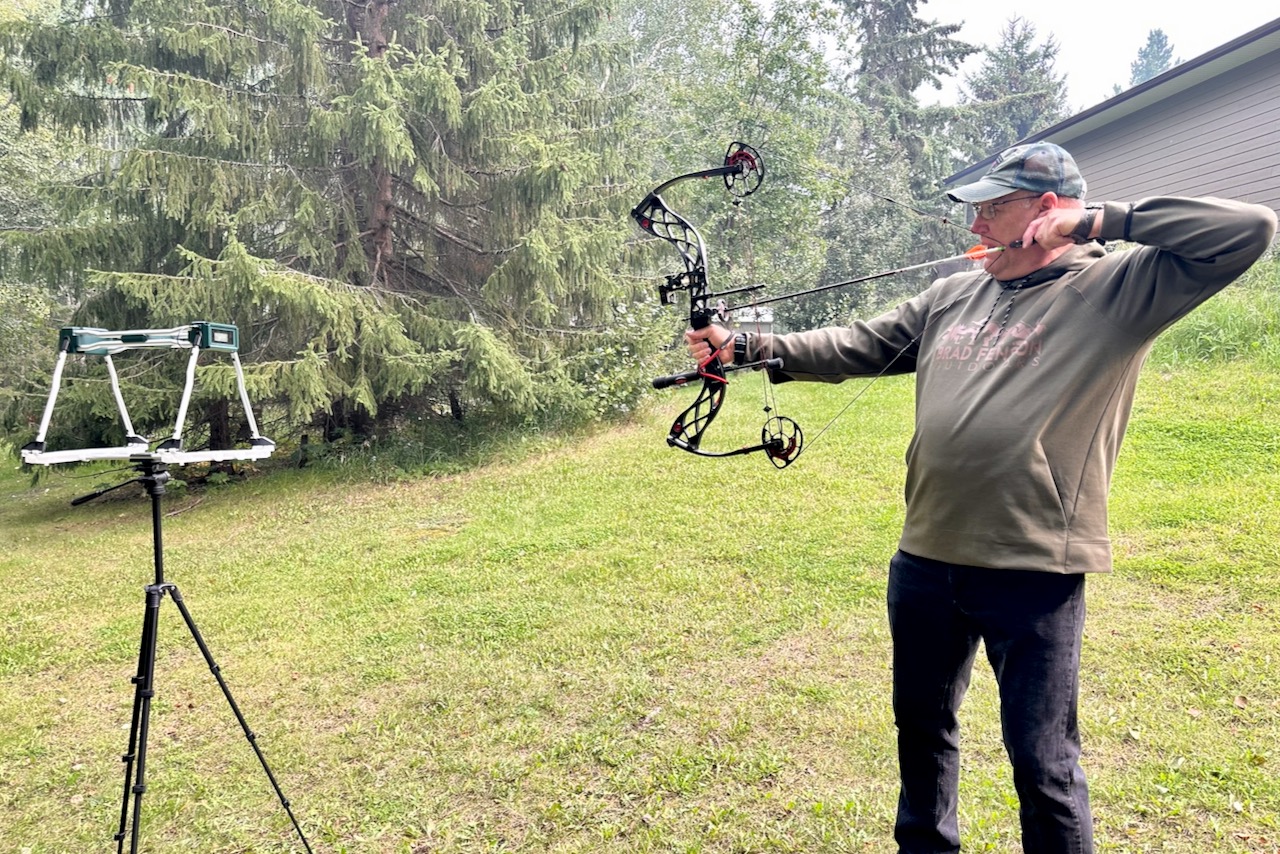BOW BASICS
To help ensure a successful hunt, know your gear inside out
Advertisement
Just like clockmakers who can fine-tune a clock to make it keep perfect time, hunters who know their bow from A to Z can get the most out of it in the field. Indeed, a bowhunter who understands how bow speed, arrow trajectory, noise and subtle equipment changes can make a difference will have a decided edge.
So, what’s the best way to learn everything about your bow? Plenty of practice. Here’s what to pay close attention if you want to increase your chances of hunting success.
Advertisement
SPEED
Do you know the speed of your bow? Most archers are familiar with the IBO rating, the speed standard developed by the International Bowhunting Organization. Without getting too technical, the IBO system measures how fast different bows can shoot an arrow using the exact same pull weight, arrow weight and draw length.
Unless your bow is set up with those same IBO parameters, however, it’s tough to know how fast it’s actually shooting. To find out, you need to shoot through a chronograph designed specifically to measure bullet and arrow speeds.
Advertisement
TRAJECTORY
The faster the bow, the flatter the arrow trajectory. So, knowing your bow’s speed gives you a baseline for experimenting with draw weights and combinations of arrow and broadhead weights to obtain the best performance under different circumstances. More speed and a flatter arrow trajectory with a lighter arrow may be ideal for a Western spot-and-stalk hunt, for example, but treestand hunters who shoot game at less than 30 yards could benefit from a heavy projectile to increase penetration.

It’s also worth knowing how much speed is lost by shooting a heavier projectile. Every bow is different, but knowing what’s gained or lost gives you the insight to make informed decisions for specific hunts and conditions.
To actually view and analyze the trajectory of your arrow, record a slow-motion video of the flight path using your smart phone. Use a lighted nock to help in the process. Knowing the arc of your arrow’s trajectory allows you to anticipate possible obstacles in its path during actual hunting scenarios.
NOISE
Hunters who prefer to shoot game at close range benefit from a quieter bow, with fewer animals jumping the string. If possible, use a decibel meter at the range to gain insight into how much noise your bow actually makes. Overall, the more weight you add to a projectile, the quieter your bow becomes.
DRAW WEIGHT
When you practise, change your bow’s draw weight to see how the arrow speed is affected. A lighter draw weight is advantageous because it reduces the effort needed to draw, and the velocity change is minimal. While it’s easy to pull a heavy draw weight early in the season when it’s warm and minimal clothing is required, a lower draw weight helps when it’s -35°C and you’re dressed like the Michelin Man.
SIGHTS
Changes in projectile and draw weights can have an impact on your sight. How much tuning is required to account for changes in speed and trajectory? In most cases, not much. The best way to know is to play with the equipment. For shots under 30 metres, very little change is required in sight-pin adjustment. In some cases, though, it can mean using a pin’s top or bottom edge to stay on target. A single pin sight can have multiple tapes at the ready for maintaining accuracy; range time allows you to develop and catalogue the tapes.
FINE TUNING
Getting to know your bow before the start of hunting season allows you to be flexible and fine-tune your equipment for any scenario once you’re finally afield. And the little things add up. For example, when there’s no wind in the forecast, there’s an immediate advantage if you know you can switch to a heavier projectile to reduce noise. Knowing the various options makes for an informed approach to getting the most out of your equipment—and being more successful. So, get acquainted with every aspect of your bow, arrow, and broadhead, and explore the accessory options, and you’ll be well on your way to building a formula for success.

